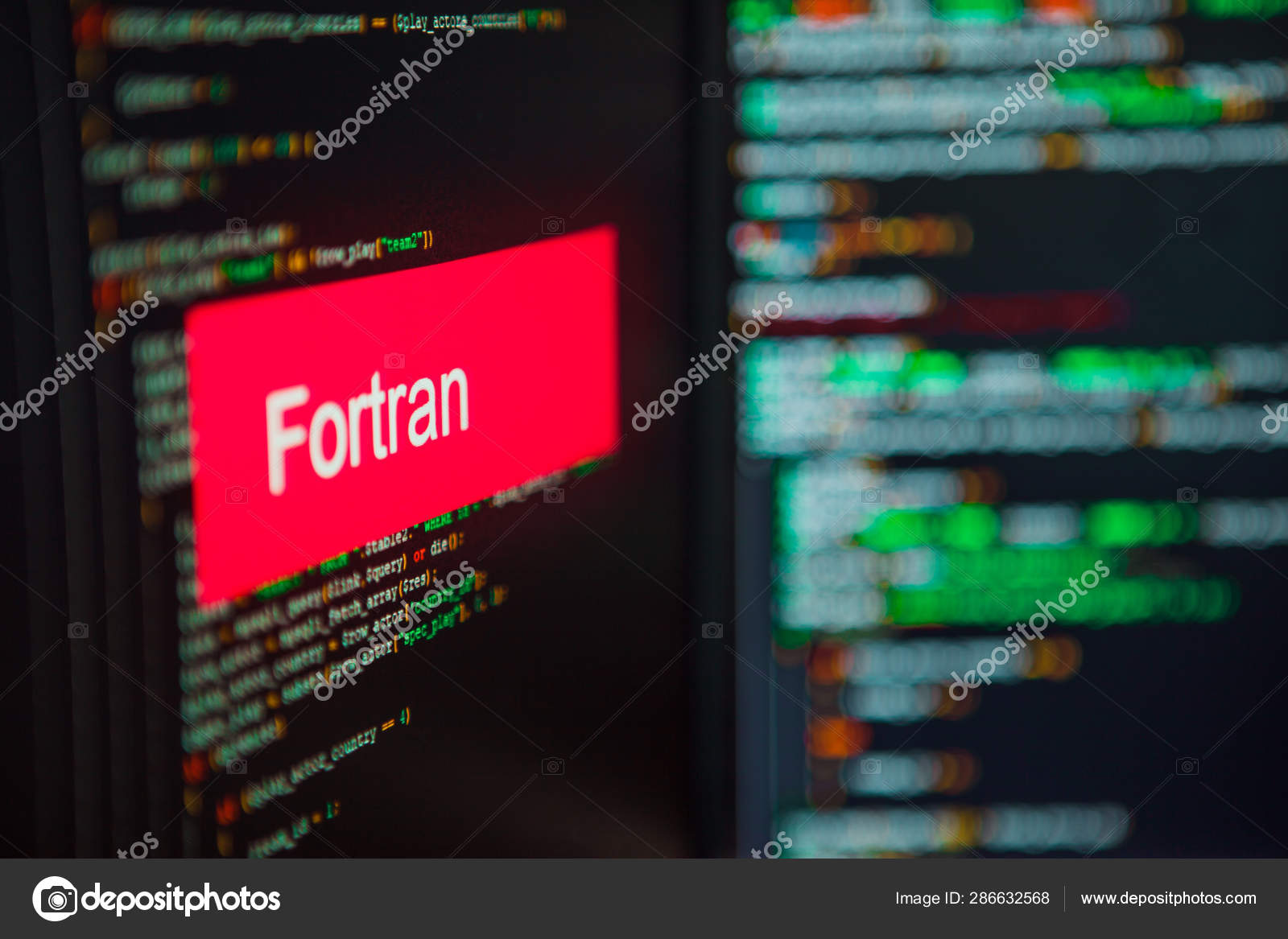SECOND GENERATION
Second Generation Of Computer (1959-1965)
The second generation computers were used during 1957-1963. They are also known as transistor computers.
The second generation of computers consists of two types of devices, transistors, and magnetic core.
The transistors helped to develop a better computer than the first generation computers consisting of vacuum tubes.
Some second generation of computers are IBM 1920, IBM 7094, CDC 1604, CDC 3600, IBM 1401, etc.
Second generation computers generated a lot of heat but much less than the first generation computers. They required less maintenance than the first generation computers.
Hardware Technology
Transistors replaced the vacuum tubes of the first generation of computers. Transistors allowed computers to become smaller, faster, cheaper, energy efficient and reliable.
The second generation computers used magnetic core technology for primary memory.
They used magnetic tapes and magnetic disks for secondary storage. The input was still through punched cards and the output using printouts.
They used the concept of a stored program, where instructions were stored in the memory of computer.

Software Technology

The instructions were written using the assembly language. Assembly language uses mnemonics like ADD for addition and SUB for subtraction for coding of the instructions.
It is easier to write instructions in assembly language, as compared to writing instructions in machine language.
High-level programming languages, such as early versions of COBOL and FORTRAN were also developed during this period.
COBOL
COBOL stands for Common Business Oriented Language. It is imperative, procedural, and object-oriented. A compiler is a computer program that takes other computer programs written in a high-level (source) language and coverts them into another program, machine code, which the computer can understand.
COBOL takes data from a file or database, processes, and outputs it. In short: COBOL takes data in, computes it, and outputs it afterwards.In the context for this guide,
we assume compilers are translating from a high-level programming language, such as COBOL, to create an executable program for use on mainframe-hosted application, perhaps to run large-scale batch or transaction processing jobs.
This Micro Focus Supportline tutorial explains how to compile a COBOL program for the mainframe.

FORTRAN
FORTRAN enabled the rapid writing of computer programs that ran nearly as efficiently as programs that had been laboriously hand coded in machine language.
As computers were rare and extremely expensive, inefficient programs were a greater financial problem than the lengthy and painstaking development of machine-language programs.
With the creation of an efficient higher-level (or natural) language, also known as a third-generation language, computer programming moved beyond a small coterie to include engineers and scientists, who were instrumental in expanding the use of computers.
By allowing the creation of natural-language programs that ran as efficiently as hand-coded ones, FORTRAN became the programming language of choice in the late 1950s. It was updated a number of times in the 1950s and 1960s in order to remain competitive with more contemporary programming languages. FORTRAN 77 was released in 1978, followed by FORTRAN 90 in 1991 and further updates in 1996, 2004, 2010, and 2018. However, fourth- and fifth-generation languages largely supplanted FORTRAN outside academic circles beginning in the 1970s.
The instructions were written using the assembly language. Assembly language uses mnemonics like ADD for addition and SUB for subtraction for coding of the instructions.
It is easier to write instructions in assembly language, as compared to writing instructions in machine language.
High-level programming languages, such as early versions of COBOL and FORTRAN were also developed during this period.
